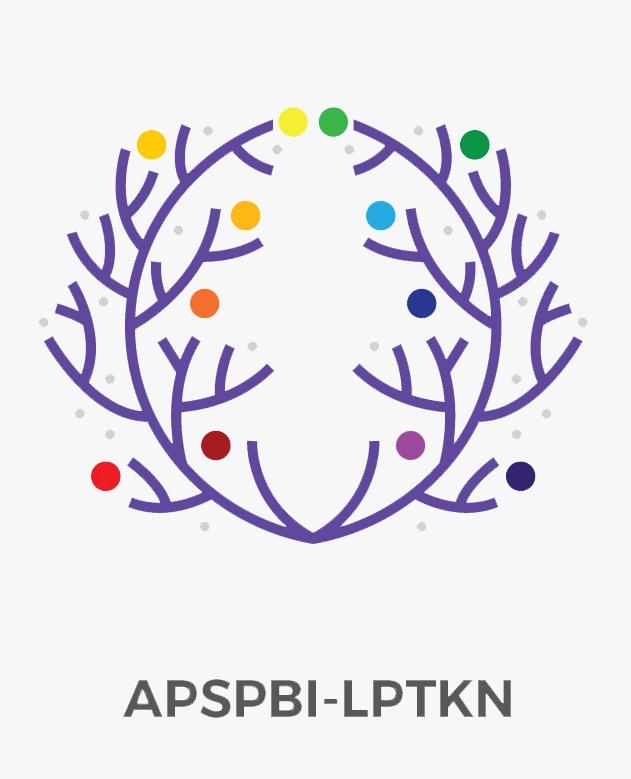USING AN ANIMATION FILM ENTITLED "ZOOTOPIA" AS AN ALTERNATIVE MEDIA TO TEACH VOCABULARY TO ELEMENTARY SCHOOL STUDENTS
 ), Sri Wuli Fitriati(2), Arif Suryo Priyatmojo(3),
), Sri Wuli Fitriati(2), Arif Suryo Priyatmojo(3),
(1) Universitas Negeri Semarang
(2) Universitas Negeri Semarang
(3) Universitas Negeri Semarang
 Corresponding Author
Corresponding Author
Abstract
References
Alqahtani, M. (2015). The importance of vocabulary in language learning and how to be taught. International Journal of Teaching and Education, 3(3), pp. 21-34.
Annisa, L. I. & Rohani. (2015). Developing quartet card games for teaching vocabulary (A case of the eighth grade students of SMP Islam Al Madina Semarang in the academic year of 2014/2015). ELT Forum, 4(1), pp. 1-7.
Burgmeire, A. (2009). Inside reading: The academic word list in context. Oxford University Press.
Brown, J. W., Lewis, R. B., & Harcleroad, F. F. (1977). AV instruction: Technology, media, and methods. McGraw-Hill.
Cameron, L. (2001). Teaching languages to younglearners. Cambridge University Press.
Creswell, J. W. (2009). Research design: Qualitative, quantitative, and mixed methods approaches (3rd ed.). SAGE Publications, Inc.
Eggen, P. D., Kauchak, D. P., & Harder, R. J. (1979). Strategies for teacher: Information processing models in the classroom. Pentice-Hall, Inc.
Evertson, C. M., Emmer, E. T., Clements, B. S., & Worsham, M. E. (1997). Classroom management for elementary teachers (4th ed.). Allyn and Bacon.
Hall, J. K. (2002). Teaching and researching language and culture. Pearson Education Limited.
Harmer, J. (2007). The practice of English languageteaching (4th edition). Longman.
Heaton. 1975. Writing English languagetests.Longman, Inc.
Hornby, A. S. (1995). Oxford: Advanced learner's dictionary (5th edition).Oxford University Press.
Ilmi, I. K., & Fitriati, S. W. (2020). Teachers' perceptions, plans, and their practices on teaching vocabulary in context at SMP N 1 Parakan, Temanggung. English Education Jurnal, 10(2), 154-163.
Kauchak, D. P., & Eggen, P. D. (1998). Learning and teaching: Research-based methods. Allyn and Bacon.
Linse, C. T. (2006). Practical English languageteaching: Young learners. Mc-Graw-Hill.
Moeller, A., Ketsman, O., &Masmaliyeva, L. (2009). The essentials of vocabulary teaching: From theory to practice. Central States Conference on the Teaching of Foreign Languages, 1-16.
Mustikanthi, A. (2014). The effectiveness of animation video entitled “The boy who cried wolf” to improve students’ listening skill of narrative (An experimental research of eighth year students of SMPN 1 Kejobong in academic year of 2013/2014). ELT Forum, 3(1), pp. 57-61.
Nunan, D. (2003). Practical English languageteaching(1st ed.). McGraw-Hill.
Phillips, M. (2016). The effects of visual vocabulary strategies on vocabularyknowledge [Master’s Thesis]. Marshall University, United States.
Pinandhita, F. (2014). Implementing 3d animation film as a device to enhance students’ speaking skill for 1a grade students of IKIP PGRI Madiun. The 61 TEFLIN International Conference, 560-563.
Priyatmojo, A. S., Purwanto, B., & Areni, G. K. D. (2018). Learning English in the digital era. UNNESPRESS.
Richards, J. C., & Rodgers, T. S. (1986). Approaches and methods in languageteaching. Cambridge University Press.
Richards, J. C., &Renandya, W. A. (2010). Methodology in languageteaching. Cambridge University Press.
Su, S.C., & Liang, Eleen. (2014). Elementary students’ motivation and attitudes toward English animated cartoons at a cram school. International Journal of Arts and Commerce, 3(5), 15-36.
Sugiyono. (2016). Metode penelitian kuantitatif, kualitatif dan R&D. Alfabeta.
Thornbury, S. (2013). How to teach vocabulary. Bluestone Press.
White, H., &Sabarwal, S. (2014). Quasi-experimental design and methods. Methodological Briefs: Impact Evaluation 8, 1-14. UNICEF Office of Research.
Article Metrics
Abstract View : 666 times
: 666 times Download : 112 times
Download : 112 times
DOI: 10.36412/jellt.v6i1.2811
Refbacks
- There are currently no refbacks.
Copyright (c) 2021 Journal of English Language and Literature Teaching

This work is licensed under a Creative Commons Attribution-ShareAlike 4.0 International License.









